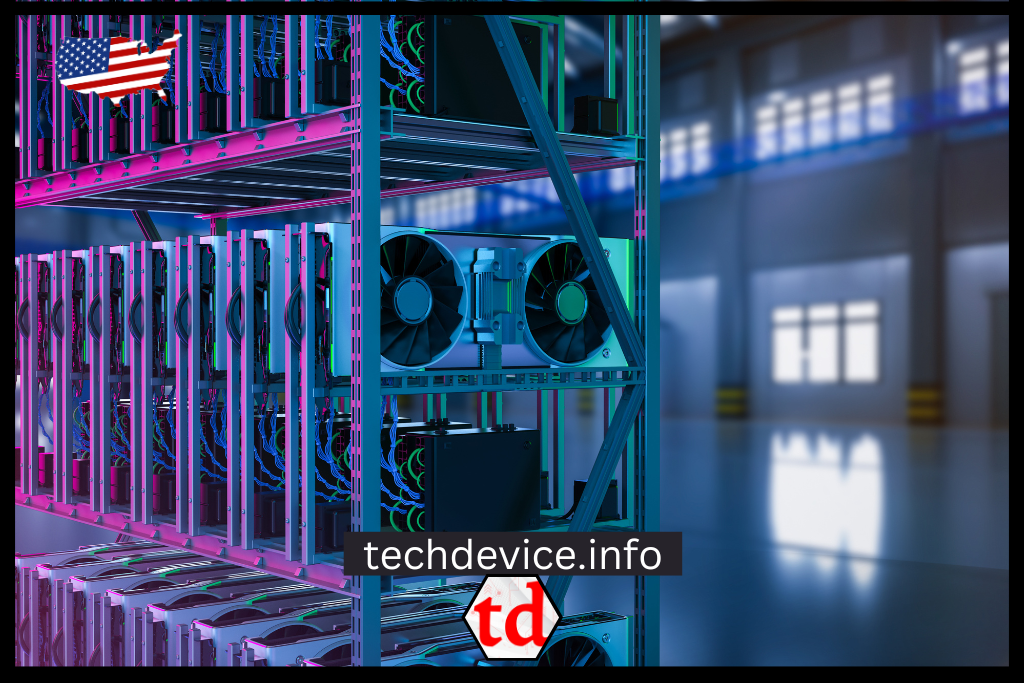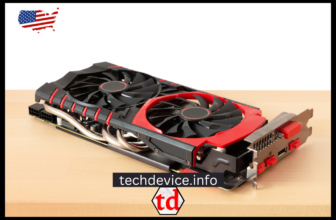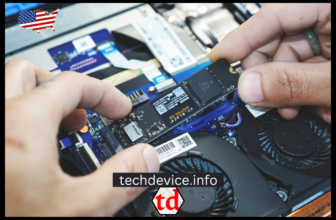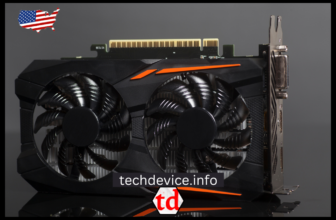RTX Card is Good for Gaming – A Complete Guide

RTX Card is Good for Gaming – A Complete Guide
Want the best game experience possible? An RTX card is good for gaming. It’s safe to assume that “RTX” stands for “Ray Tracing Extreme.
How Are RTX Cards Good for Gaming?
NVIDIA’s first RTX cards came out in 2019, along with its 16-series GTX cards. Switching to the name ‘RTX’ was meant to show that these new GPUs could do ray tracing faster on the hardware side. Since “GTX” stands for “Graphics Processing Unit,” it’s safe to assume that “RTX” stands for “Ray Tracing Extreme.” If you want the best game experience possible, an RTX Card is good for gaming.
When modeling light, ray tracing simulates each light ray. The usual way that games render light, which is how NVIDIA’s GTX cards do it, needs to be more accurate and detailed than ray-traced lighting. Tracing individual rays is challenging, and traditional GTX GPU hardware can only do it as fast as needed for games to use these methods in real time. So, NVIDIA made RTX cards with standard shader and RT (ray tracing) cores. These RT cores were made to handle ray tracing so that these RTX graphics cards can do “hardware-accelerated” ray tracing. It means that ray tracing only uses some of the shader cores to calculate and display slowly.
With an RTX card, you can turn on and use hardware-accelerated ray tracing in many games, which can improve the quality of lighting and shadows, sometimes by a lot. Thanks to their tensor cores, RTX cards can also use other new technologies like NVIDIA’s DLSS (deep learning super sampling), which uses machine learning to let you increase your resolution without a significant drop in speed.
Are RTX Cards Good for Gaming?
RTX cards are an excellent choice for gaming, especially if you want to try out the newest and best visual technologies. RTX cards allow ray tracing and DLSS, significantly affecting how well games look.
Ray Tracing
One of the best things about RTX cards is that they can trace rays in real-time. Ray tracing is a rendering that mimics how light moves in a scene. It makes lighting, reflections, and shadows look incredibly real. The addition of ray-tracing technology to RTX cards has dramatically improved the visual quality of games, making them more realistic and immersive.
DLSS (Deep Learning Super Sampling)
DLSS is a technique found only on RTX cards. AI powers it. DLSS uses methods for deep learning to improve the quality of lower-resolution images in real-time. It improves the image quality while keeping the performance smooth. This function benefits gamers who want to find a good balance between graphics quality and frame rate. It lets them enjoy beautiful graphics without slowing down the game.
High Game Performance
RTX cards have potent GPUs that are great for gaming. They handle demanding games at high resolutions and frame rates, making the game experience smooth and engaging. RTX cards’ rendering power is higher than previous versions so that players can enjoy beautiful environments and smooth gameplay.
VR Support
Graphics processing is essential for virtual reality games, requiring high frame rates and low latency for the best immersion. RTX cards have hardware and software tools that improve VR experiences. Because of these features, RTX cards have less latency, better picture quality, and smoother gameplay, making them an excellent choice for VR fans.
RTX GPUs have sophisticated features that boost games beyond ray tracing and DLSS. NVIDIA Reflex cuts down on input lag, making games more responsive. NVIDIA Broadcast uses AI to remove background noise, add fake backgrounds, and increase video quality. These features improve the general gaming experience and make it easier to make content.
Features
RTX cards have more than just ray tracing and DLSS. They also have other features that can help players. Some of these things are:
G-Sync and FreeSync Work Well Together.
These technologies can help cut down on screen tearing and blurring, making it easier to play games. This technology can reduce system delay, giving you an edge in multiplayer games.
NVIDIA Broadcast App
This app can use your RTX card to improve video calls with AI noise cancellation and background removal features.
If you want the best game experience possible, an RTX card is a good choice. But it’s essential to remember that RTX cards cost more than GTX cards. A GTX card might be a better choice if you have little money.
RTX Popular Models
Now, let’s look more closely at some popular RTX models:
RTX 2060
This middle-of-the-road graphics card works well and supports DLSS and ray tracing. It can handle high to ultra-level games at 1080p, 1440p, and 4K resolutions.
RTX 2070
This high-end, high-speed graphics card also works with DLSS and ray tracing. It can handle ultra-level games at 1080p, 1440p, and 4K resolutions.
RTX 2080
This high-end graphics card has excellent speed and works with DLSS and ray tracing. It can play games with the highest levels at 1080p, 1440p, and 4K resolutions.
RTX 2080 TI
This top-of-the-line graphics card has an impressive 544 ray-tracing tensor cores and gives you the best speed and support for ray-tracing and DLSS. It can handle games at resolutions of 1080p, 1440p, and 4K.
These cards are great for games and support the latest features, such as DLSS and ray tracing. They are also future-proof, so you can be sure they can run the latest games for years.
What RTX Card Should You Get?
The RTX Cards good for gaming will depend on how much money you have and what kind of games you play. The NVIDIA GeForce RTX 4090 is the best choice for the best game experience possible. But it costs the most of all the RTX cards. The NVIDIA GeForce RTX 3070 is a great choice with limited money. It has excellent speed for the price, and it’s no problem to play games at 1440p. You can be sure that no matter which RTX card you choose, you will get a great graphics card that will give you years of game fun. NVIDIA RTX is the best for graphics, speed, and being ready for the future.
There’s no question that ray-traced lighting looks better than standard lighting. Because of this, RTX cards are better if you want to get the best graphics out of your NVIDIA card. But there’s more. Since the latest generation of NVIDIA cards are all RTX, the most powerful ones are now all RTX, and none are GTX. So, not only are RTX cards better for images, but they are also better at rendering. If you want the best game performance possible from an NVIDIA card, you’ll want a 30-series RTX GPU—at the top end, you’ll want an RTX 3090.
Not to mention the good things that tools like DLSS 2.0 can do, more and more games are adding support for DLSS and ray tracing, so these technologies are quickly becoming the standard. It is becoming more and more true now that AMD has its versions of these technologies, such as FidelityFX Super Resolution (FSR) and Ray Accelerator-powered ray tracing (Ray Accelerator-powered ray tracing). Because of this, RTX Cards good for gaming in the future than GTX.
Conclusion
RTX cards are great if you want the best gaming experience possible. They support ray tracing and DLSS, which can significantly affect games’ appearance. Other tools on RTX Cards are good for gaming, like G-Sync and NVIDIA Reflex.
If you want the best game experience possible, an RTX Card is good for gaming. But it’s essential to remember that RTX cards cost more than GTX cards. A GTX card might be a better choice if you have little money.






